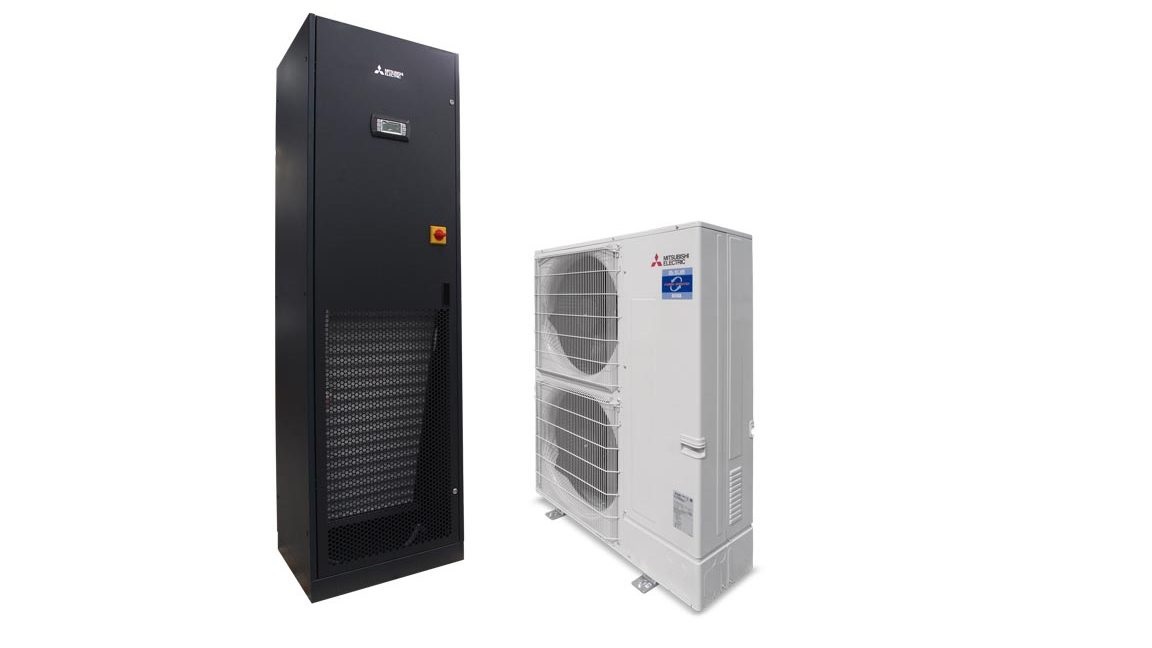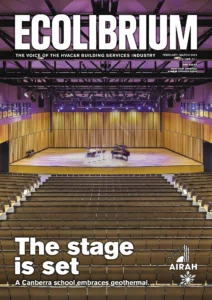Designed for data centres

Mitsubishi Electric Australia has launched a new cooling system for IT environments, s-MEXT.
The split cooling package consists of the s-MEXT high precision air conditioner indoor unit connected to a Mr Slim R32 inverter outdoor unit.
According to Mitsubishi Electric, the small-size design means it can easily integrate into small IT rooms, small data centres, or distribution rooms.
Mitsubishi Electric Australia National Product Manager Atesh Mani says increased power densities in IT environments have led to growing temperatures (up to 23°C) of intake airflows directed to the IT equipment.
The s-MEXT and Mr Slim cooling package was designed to manage return air temperatures up to 35°C, matching the requirements of the most critical data centres.
“We’re very aware that a significant portion of the electricity consumed by data centres is by air conditioning,” says Mani. “As such, it is really important that we are constantly innovating to meet the highest energy-efficiency standards.”
S-MEXT is available in over (top air supply) and under (bottom air supply) variants, for a wider range of applications.
Go to www.mitsubishielectric.com.au

This article appears in Ecolibrium’s February-March 2023 edition
View the archive of previous editions
Latest edition
See everything from the latest edition of Ecolibrium, AIRAH’s official journal.




